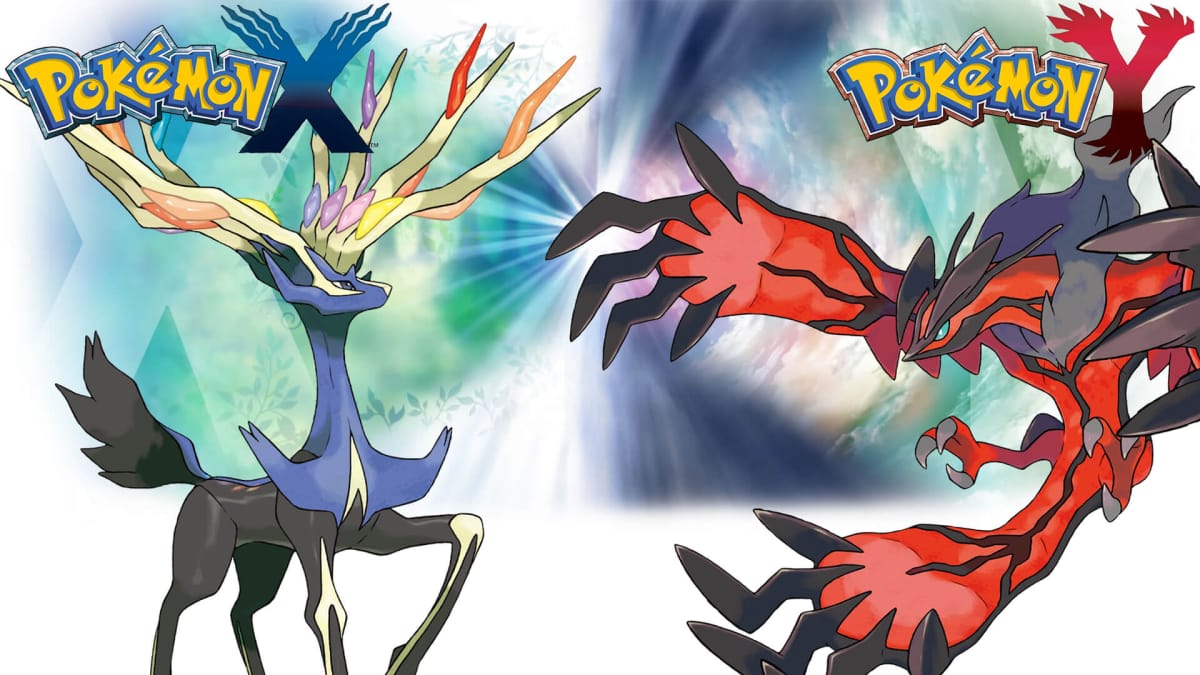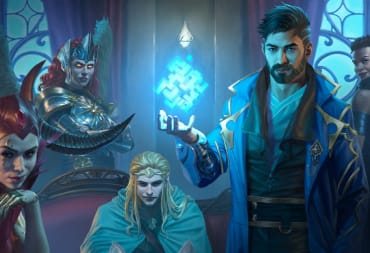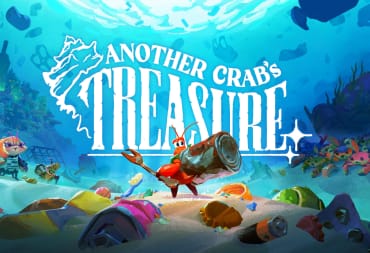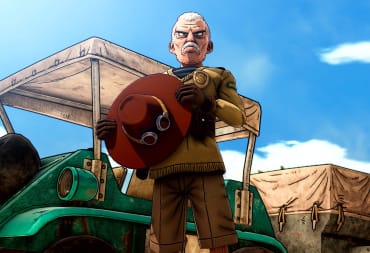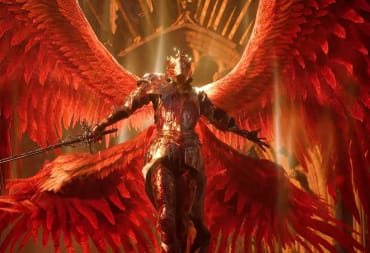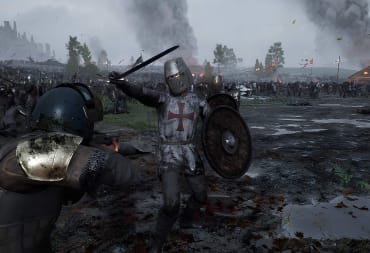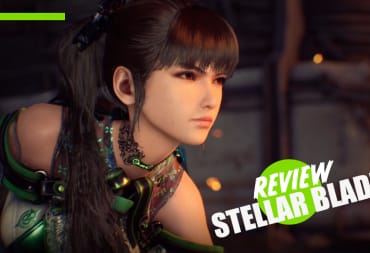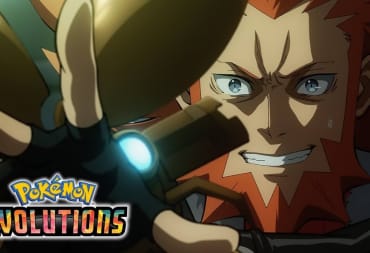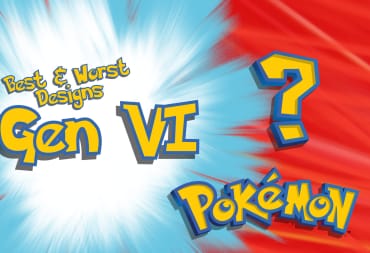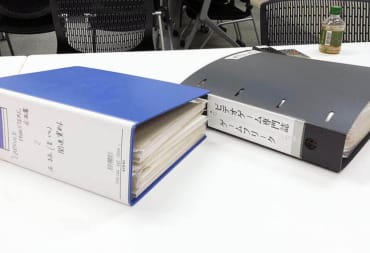The Year of Pokemon continues here at TechRaptor, celebrating 25 years of the monster-collecting franchise with a look back at the games one generation at a time. Last week, we looked at Generation V. So let’s dive into the details of Generation VI, development of the games, the new batch of Pokemon, and the future.
On Oct. 13, 2013, two adult men drove over to GameStop after class, giddy with anticipation. My roommate and I had both not played a Pokemon game since Generation III, and now that we were in college, video games were cool again. The air of anticipation for Pokemon XY was electric. To my recollection, it is the most I’ve ever been hyped for a game, and that was only amplified by XY’s worldwide simultaneous release, a first for the series. I remember walking into the GameStop that day, grabbing a Nintendo 2DS (the original flat one), taking it up to the counter, and the clerk asking me “X or Y?”
For me, Pokemon XY marked a wonderful time in my life when I decided, after five or six years of abstaining, to start playing video games again. For others, it held a different kind of significance as the first Pokemon game to transition into a completely 3D world. Pulling back in many Pokemon trainers who had hung up their hats years ago, XY sold 16.5 million copies, taking the prestigious spot of second-best selling games on the 3DS after only the behemoth that was Mario Kart 7. Selling about 1.5x as many copies as their predecessors, Black and White, Pokemon XY took the world by storm and brought Pokemon back into the spotlight.
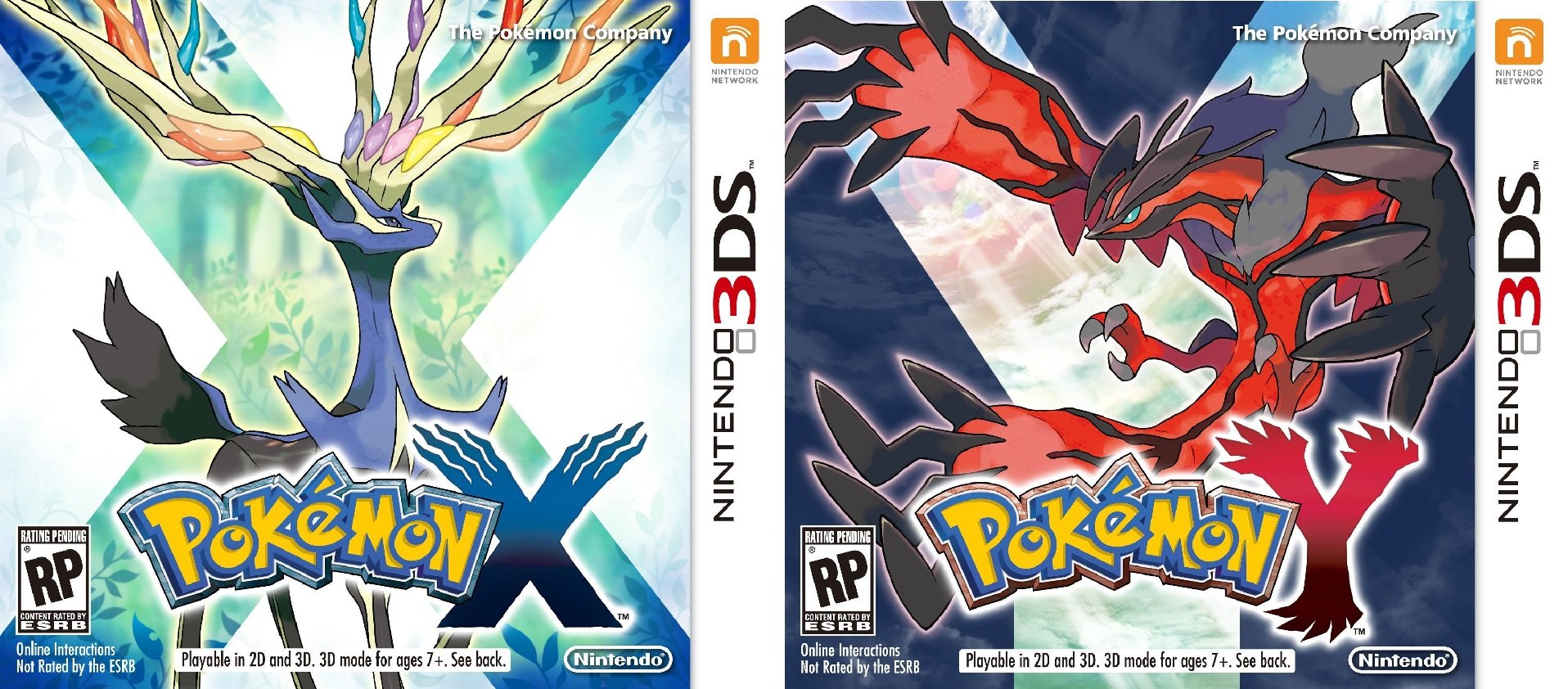
Generational Changes
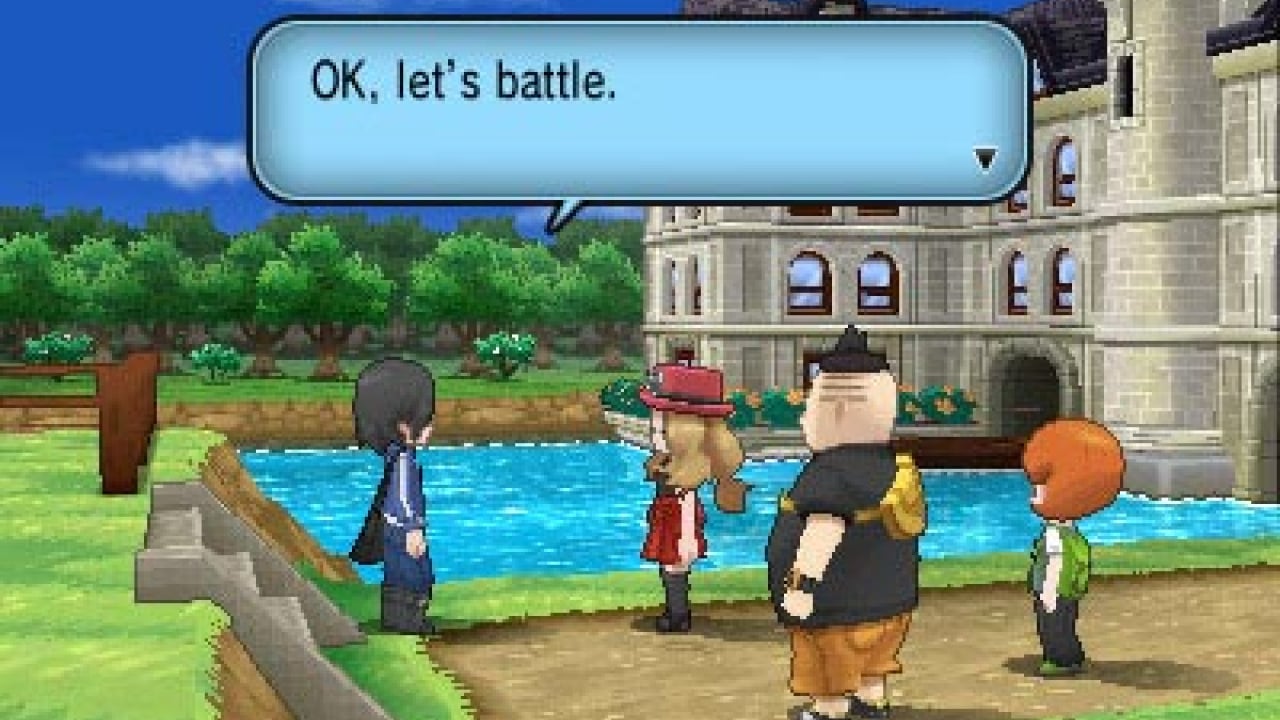
After nearly 15 years, the beloved monster-catching series finally stepped into the third dimension. While still viewing the overworld from an isometric-ish view, the player finally has a behind-the-back perspective that ramps up the immersion to another level. Buildings are fully 3D and (mostly) make spatial sense, taking up the amount of room they’d need in the overworld to contain their large interiors. This overhaul of the 2D world that we’d come to know and love is by far the biggest change coming from Black and White.
It wasn’t just the world though; Pokemon battles were now in full 3D with a moving camera, as they were in the days of games like Pokemon Stadium or Pokemon Colosseum. Seeing a moving creature during battle (and in 3D if you turned the slider up on your 3DS) was an absolute revelation at the time. Finally, the mainline Pokemon games felt like I was there.
The next biggest change is, of course, the addition of the new Fairy typing. I remember crying heresy like so many of you when a new type was announced to be added for the first time in four generations; about 30 minutes into playing Y, I had forgotten that Fairy types hadn’t always been around.
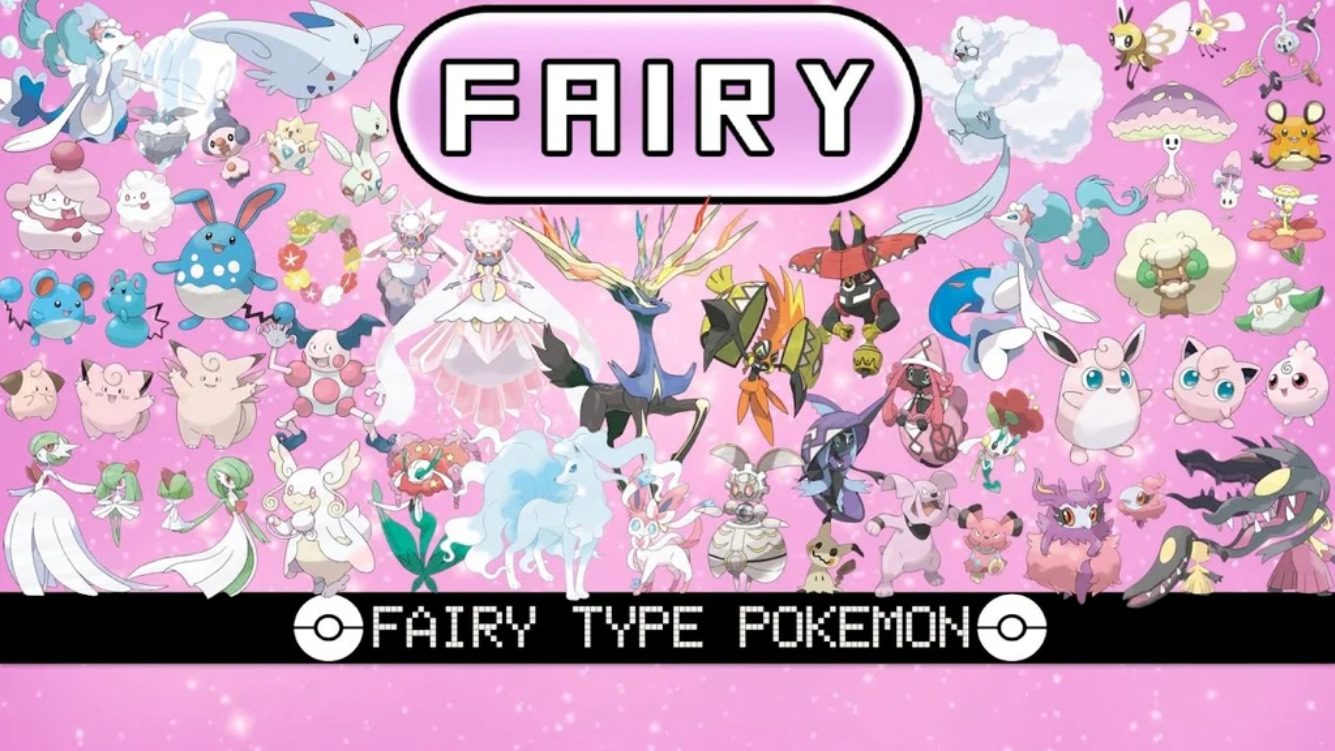
In order to correct their balancing issues, Game Freak introduced 37 new Fairy Pokemon in Gen VI out of the total 72 new monsters. Yes, more than half of the new Pokemon in Kalos were of the Fairy type. Additionally, 22 Pokemon were retroactively changed to become Fairy types in Gen VI. Some of them, like Clefable, I feel have always been Fairy types and need no reminding; some, like Mr. Mime, still surprise me when a Dark attack bounces off them and I remember it’s a dual Fairy/Psychic type.
Fairy types were created with the express intent of nerfing Dragon types, who had reigned supreme until that point. Dragons were previously weak only to Ice and Dragon attacks, two of the least common attack types, and as more Dragons had appeared throughout the generations it was time for a change.
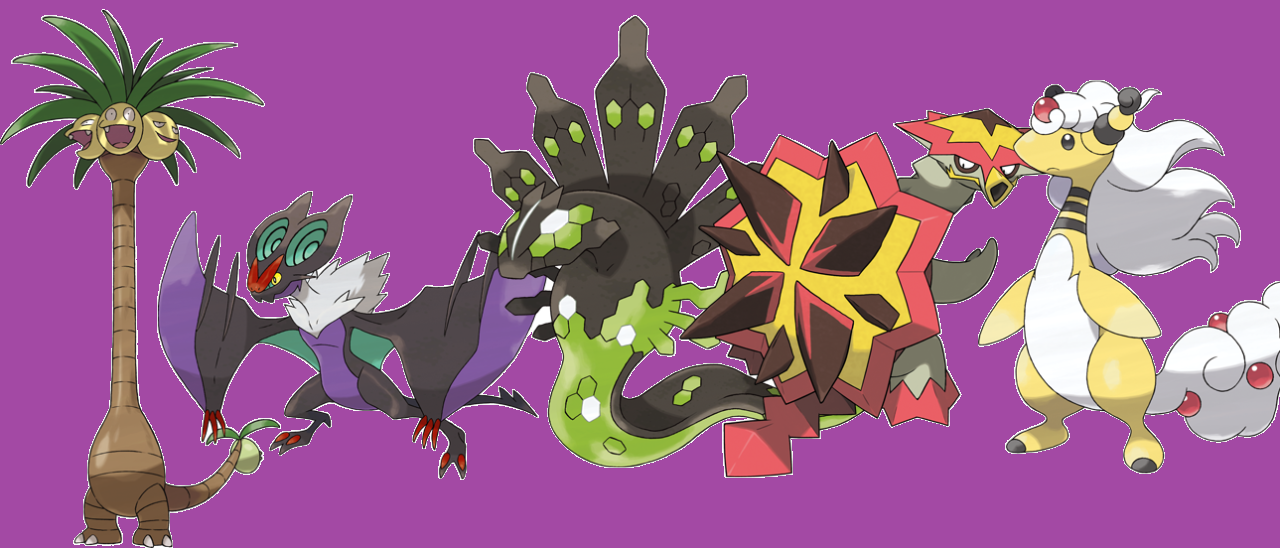
The original intent of Dragons was to be purely legendary, with just Dratini, Dragonair, and Dragonite appearing in Generation I. Generation II only added a single Dragon, Kingdra, but the floodgates had opened. Generations III, IV, and V would add dozens of new Dragons to the fray, and suddenly these legendary creatures were all too commonplace. Fairy Pokemon were an absolute necessity to balance out the problem that Game Freak had slowly created, and I don’t think many longtime players disagree with me in hindsight. While met with some reluctance at first, Fairy types saved competitive battling, and trainers welcomed them with open arms.
The EXP system was altered, and now Pokemon would receive EXP points for catching a wild Pokemon. Additionally, EXP was now split equally among all battle participants, and the EXP Share item shared full EXP from the battle with the whole party. These changes are notable mostly because they made the games entirely too easy, even for most children, and the following two generations would present less challenge still.
With Generation VI, we also saw the invention of the PokeBank, a 3DS cloud application on which to store and transfer your Pokemon. The PokeBank was a brilliant little idea that probably should have been better developed, but hey, $5 a year for storing 3,000 Pokemon and transferring them between games was a small price to pay. The PokeBank was a godsend to serious players who wanted to move Pokemon around easily or import Pokemon from older generations without having to borrow a friend’s 3DS, and I happily shelled out the annual fee until it was discontinued in 2020.
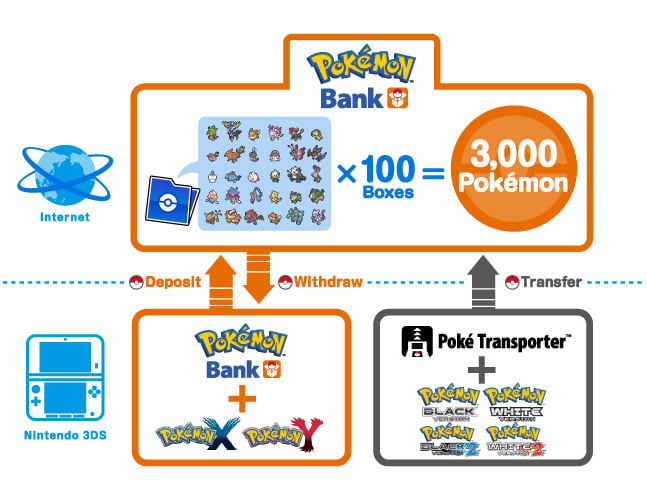
This was also the first example of the generational “gimmick” that would go on to define future installments as well. XY introduced Mega Evolutions, super-powerful temporary evolutions that could be activated mid battle. The Pokemon’s type, stats, and physical appearance would shift, but only once per battle. I am perhaps in a minority that never really liked how Megas were handled. While some of the forms were awesome and gave utility to Pokemon that had no competitive value (Mega Beedrill, Pinsir, and Camerupt for example), most were spent on the most popular Pokemon—the ones that didn’t need a more powerful version. Alakazam, Gengar, Gyarados, Charizard, Blaziken, Salamence—all these Pokemon were too strong to begin with. Assigning Mega forms to these Pokemon broke the game, so much so that Mega Gengar and Alakazam were outright banned from online play.
While XY received neither a third version nor sequels, we were gifted a wonderful meme-come-alive when Hoenn was confirmed. Omega Ruby and Alpha Sapphire were released to much critical and fan acclaim, faithful remakes of Generation III with a lot of quality-of-life improvements. I’ve never felt a desire to go back and replay Ruby or Sapphire; the remakes do nearly everything in those games better, including adding the incredibly cool Soaring mechanic for fast travel. ORAS additionally introduced a host of new Mega evolutions, Kyogre and Groudon’s Primal Reversion forms, new moves and abilities, and the return of Pokemon Contests and secret bases.
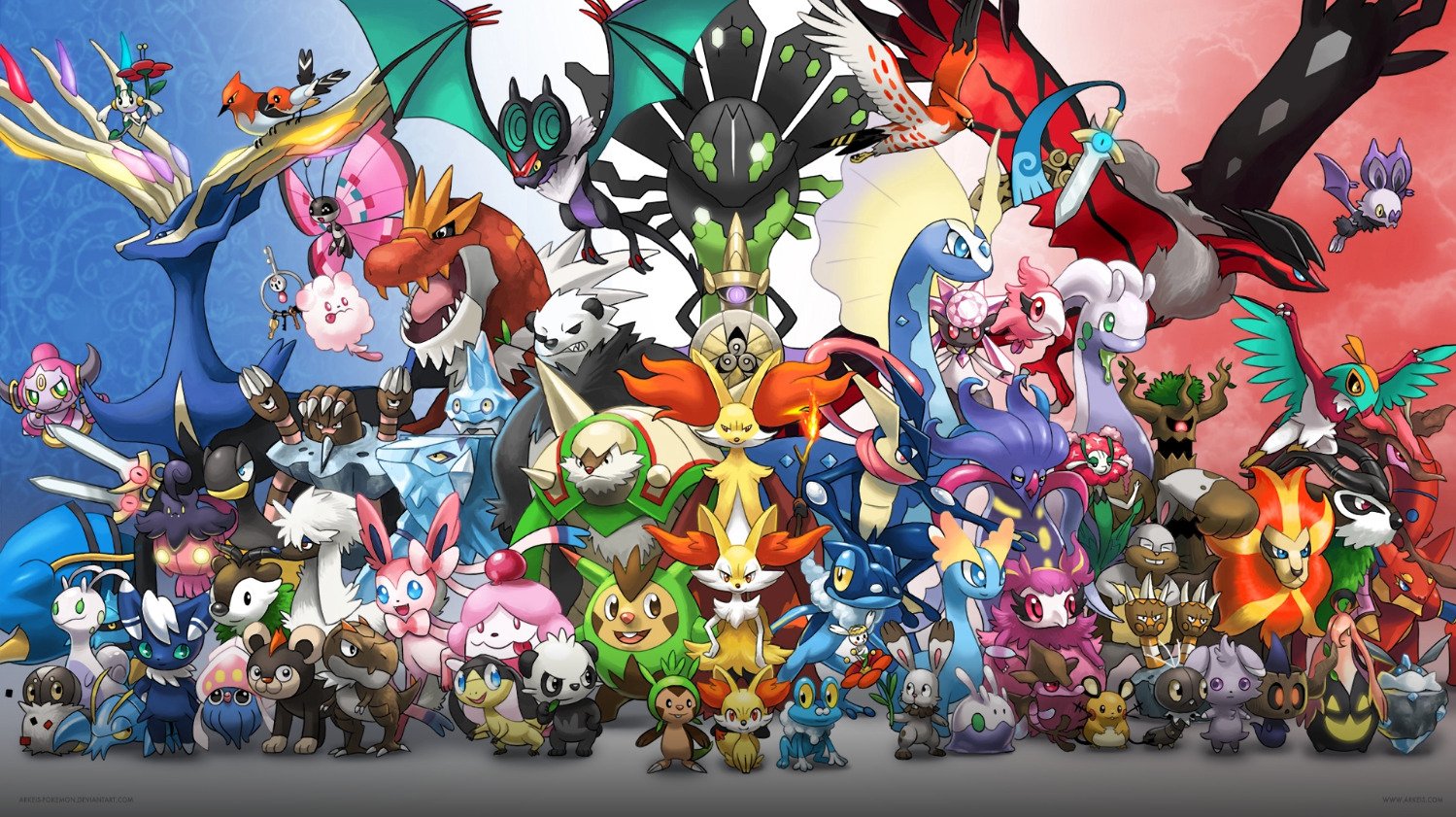
I don't have too much to say about this group of ‘mons; largely, they range from very cool to inoffensive. The new starters (Chespin, Froakie, and Fennekin) were wildly underwhelming. However, despite Klefki, cool designs reign supreme. Aegislash, Avalugg, Dragalge, Gourgeist, Noibat, and especially Sylveon rank among my favorites of all time. All around, a significant step up for the endless stream of duds in Generation V.
Other generational changes were much smaller in scale than previous jumps, but that didn’t prevent XY from feeling like a whole new world. A number of features disappeared from Black and White, such as seasons, the Pokemon World Tournament, trainers bantering during battles, Pokemon outbreaks, mail, and different types of grass. But we did get roller skates for a single game, which were super fun and which I have missed deeply ever since. While the in-game experience was mostly changed by the new 3D world, Pokemon on a meta level was changed forever by the PokeBank and the new Fairy typing.
The Story
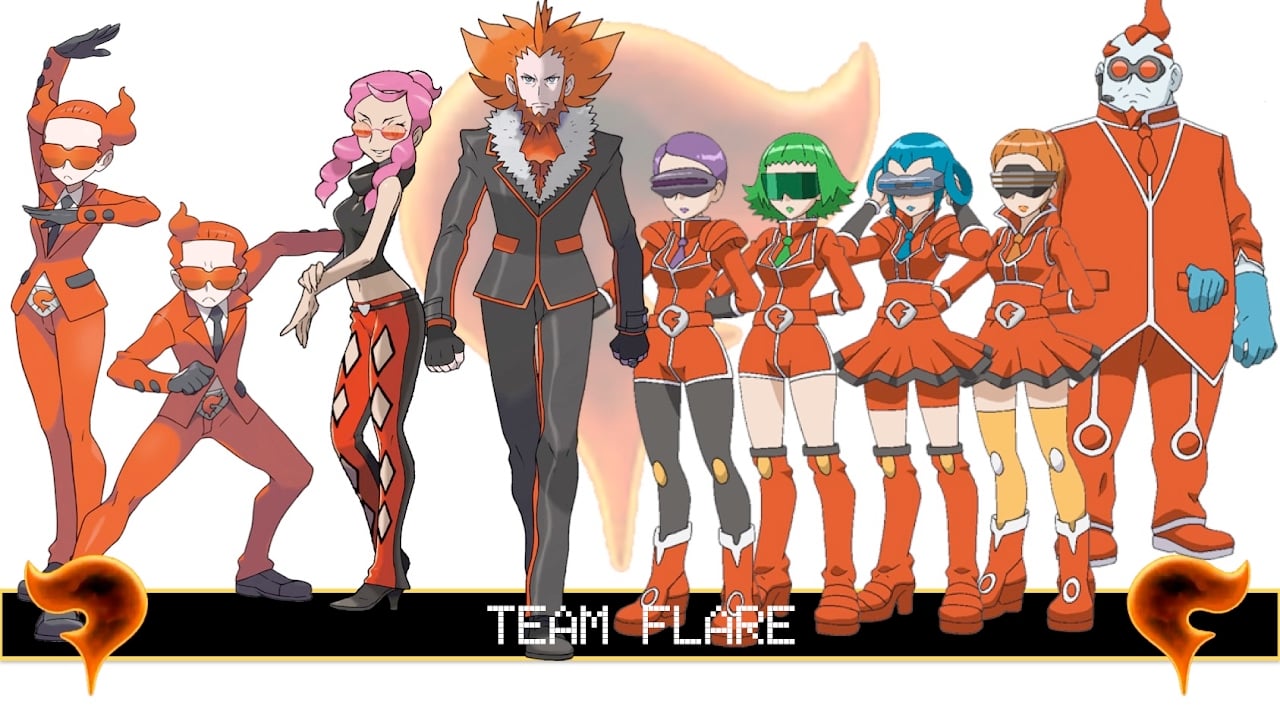
Generation VI dialed it back down from GameFreak’s ambitious story in Black and White. This would also be a trend that continued into Generations VII and VIII, utilizing a very safe story with the bare minimum of character interaction and development to service your monster-catching adventures. Having four rivals was a huge mistake, and uninteresting characters like Trevor had me tearing my hair out. Fully 3D cutscenes added to the charm and aesthetic, but overall, XY’s story ended up feeling bloated with nothing much to show for the deep lore they had created about great and terrible acts long past.
Enter Team Flare, who are definitely one of the dumber evil teams we’ve seen in the mainline games. Team Flare lives somewhere between an eco-terrorist cell and an anarchist collective of Jojo’s Bizarre Adventure LARPers. Led by Lysandre, who might just be Wolverine, they seek to wipe out the human population and restore the Earth to its natural, serene state—but they have to do it stylishly. Team Flare is almost a non-entity in comparison to the other evil teams; I didn’t even remember the ending of the story in which the player and their friends capture the legendary Xerneas or Yveltal and then collapse the Team Flare HQ, killing Lysandre. And that sounds pretty insane.
Team Flare’s interactions with the player do, however, start to unveil the deep lore of the Pokemon world that fans have apparently been clamoring for. A mysterious old man named AZ (the alpha to the omega, perhaps foreshadowing the Gen III remakes) that helps the player during the events of XY is revealed to be the ancient King of Kalos, who 3,000 years ago built the Ultimate Weapon and achieved immortality. Back during the Pokemon Wars, AZ’s partner Pokemon Floette was killed in the battles, leaving him grief-stricken. In his anger, he constructed the Ultimate Weapon with the hopes of restoring it to life. In order to raise Floette from the dead, he had to drain the life of other Pokemon; he uses the weapon to destroy both warring countries in their entirety, killing thousands. Disgusted with his actions once resurrected, Floette leaves him to try and do some good for the world. AZ’s younger brother destroyed the weapon to prevent it from being used ever again. At the end, Floette forgives AZ after the player helps him “find redemption” by battling him, somehow. And Team Flare is also there.
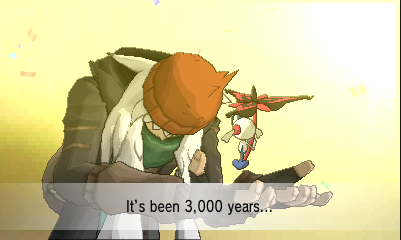
If you’re unfamiliar with this story, you’re probably asking, “What the hell?” While there are some deeper implications and themes to this story, none of them are really utilized or analyzed during the events of the game. The result is that lore spaghetti is thrown at the wall, hoping that something will stick; for me, it didn’t. Game Freak presents this story of tragic genocide without much candor, clearly taking inspiration from Doctor Who’s time war in which the Doctor does the exact same thing (more inspiration from Doctor Who can be found in Looker, an NPC modeled after David Tenant’s 10th Doctor and who is meant to be his stand-in in the world of Pokemon).
All things said and done, Game Freak presented the very serious themes of war and genocide in a children’s game and then showed the perpetrator finding forgiveness and redemption 3,000 years later in the form of “learning what it means to be a trainer.” It cheapens these heavy-handed themes and, I think, is damaging in how it presents the ramifications of war to children. If only they had taken some inspiration from Avatar: The Last Airbender instead.
The Kalos region, based on the south coast of France, is easily my least favorite in the series. Every turn is treated with dull but oversaturated browns, greys, and dark greens; the few moments of actual color are so fleeting they only serve to remind you how boring and gross the region looks. Elements of France make it through to the game, like streetside cafes, many hair styles and fashion accessories for trainers and Pokemon, and of course the Eiffel Tower. While the French aesthetic is nice, including a fun field trip to Versailles, it does little to make me feel better about the dull coloring of the overworld the entire way through. I am happy to have moved on from Kalos, but this retrospective has me wanting to return eight years later to give it another shot. One nice thing I can say about Kalos: The ghost girl in Lumiose City is one of the coolest things that’s ever happened in Pokemon. If you happened to miss her, go check it out.
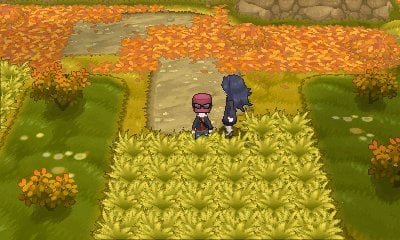
The Future
This is where we’d start to see what Pokemon would become as a franchise down the road. Easier, simpler, less features, more glitz and glamour. Despite this, I have very fond memories of Pokemon Y, and fonder memories still of Pokemon Moon. I think the truth to the declining quality of the games beginning here lies somewhere between Game Freak’s rising complacency and my personal growth and exposure to better JRPGs. As Pokemon grew and matured and became basically just another JRPG, it was hard not to compare it to the Dragon Quests and Final Fantasies of the world. But, I can’t find Bulbasaur in Xenoblade Chronicles, and so next we venture forth to Alola for Pokemon Sun and Moon.
Have a tip, or want to point out something we missed? Leave a Comment or e-mail us at tips@techraptor.net
